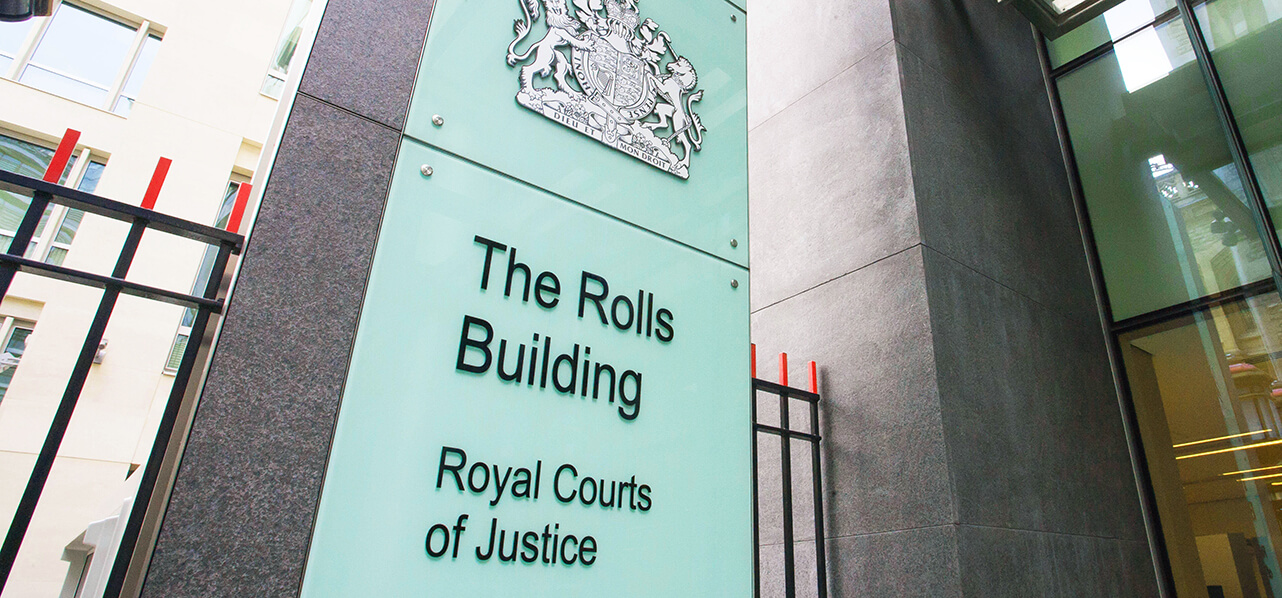Partner Sydney
"Aircraft lessors and lessees should be aware of the key types of disputes that aircraft leasing agreements can give rise to and the main advantages of arbitration that should be considered when negotiating dispute resolution clauses."
As aircraft lessors and lessees enter into leasing agreements, it is important to be aware of the various types of disputes that these agreements can give rise to and give due consideration to an appropriate dispute resolution clause that can ensure the timely and expeditious resolution of these disputes. It is recognised that alternative forms of dispute resolution such as arbitration can be cheaper, faster and more flexible than domestic litigation, yet the uptake of alternative dispute resolution has been widely inconsistent across the aviation industry.
This article explores the key types of disputes that aircraft leasing agreements can give rise to and the main advantages of arbitration that lessors and lessees should consider in favour of including an arbitration clause in their agreements.
Common disputes related to aircraft lease agreements
1. Late payments or payment defaults by aircraft lessees
One of the most common disputes that can arise from aircraft leasing agreements is the late payment or non-payment of rent or other charges by the lessee, often due to the lessee experiencing financial distress, bankruptcy or operational issues. The lease agreement usually defines the various rights and remedies that may be available to the lessor in this situation, including termination of the lease and repossession of the aircraft, acceleration of rent and damages, enforcement of security deposits, guarantees or letters of credit, injunctions or specific performance orders, or arbitration or litigation.
2. Failure to comply with lease obligations by aircraft lessees
A dispute may also arise where a lessee fails to comply with their lease obligations, e.g. in relation to certain representations, warranties and covenants regarding maintenance and insurance of the aircraft. Many representations, warranties and covenants are contained in leasing agreements to ensure the continued airworthiness of the aircraft and compliance with various regulatory requirements (e.g., the use of certified parts and components and approved maintenance organisations to perform maintenance work on the aircraft).
Compliance with sustainability standards has also been gaining significant attention, with aircraft designs and aircraft operators expected to meet certain levels of fuel efficiency and minimise environmental impact. As regulatory requirements around aircraft safety, maintenance and emissions continue to evolve globally, it is particularly important for lessees to ensure that they comply with these changing rules and standards forming part of their contractual obligations.
3. End of lease return conditions
A dispute may also arise at the end of a lease where a lessee fails to satisfy end of lease return conditions. Lease return conditions are typically very detailed, ranging from requirements such as the lessee providing the lessor a detailed written plan as to how the aircraft will be put into the required return condition, or the lessee agreeing to perform additional work prior to the return of the aircraft or agreeing to make the aircraft available for inspection by the lessor prior to its return. Any alleged failures to comply with these return conditions can lead to disputes involving complex technical and regulatory issues.
Aircraft leasing involves the operation of capital-intense equipment, and any dispute related to the lease can often give rise to challenging, time-sensitive, multijurisdictional issues. Aircraft lessors and lessees should not therefore underestimate negotiations in respect of the dispute resolution clause. Providing for an appropriate dispute resolution mechanism is critical to ensuring that any disputes or risks of disputes are resolved in a timely and cost-efficient manner.
"The main advantage of arbitration is that parties can establish a bespoke procedure tailored to their unique needs to ensure a faster and more efficient means of resolving their dispute."
Advantages of arbitration for aircraft leasing disputes
Compared to domestic court litigation, arbitration can offer parties a confidential forum with greater control over the dispute settlement process, from setting timelines and procedural milestones to agreeing a neutral, industry-informed third party to hear and determine their dispute.
While the private and confidential determination of a dispute means that parties are faced with a lack of precedent in arbitration as to how tribunals will deal with certain legal issues that commonly arise in leasing disputes, the main advantage of arbitration is that parties can establish a bespoke procedure tailored to their unique needs to ensure a faster and more efficient means of resolving their dispute.
The key features of arbitration are:
- Respect for party autonomy: during the entire process and in all aspects of the arbitration, parties have autonomy to agree how their dispute will be determined, e.g. whether or not there will be document production; whether the dispute can be determined based on documentary evidence or whether there is any need for additional fact witness or expert evidence and if so, how many; whether the dispute can be determined entirely on the papers or whether there is a need for a hearing and the appropriate modalities for the hearing. While it can take several years in court to obtain a trial date depending on the jurisdiction, all procedural milestones in an arbitration, including any hearing, can be scheduled based on the availability of the parties and the arbitrator.
- Efficient and less complicated procedures: compared to domestic court litigation, arbitration involves simplified rules of evidence and procedure. Court litigation typically requires parties to comply with various rules related to filing court papers and attending procedural hearings in person, many of which can be cut back in an arbitration. The parties can have considerable control over the amount of time and costs spent on any document production or preparation of witness evidence.
- Confidentiality: unlike court proceedings, arbitration offers the parties a private and confidential forum to resolve their dispute. This is particularly appealing in the context of an aviation dispute where negotiations and communications between the parties can often involve the exchange of commercially sensitive information and intellectual property. The confidentiality of this information can be protected in an arbitration in a way that may not always be guaranteed in court where the public can access certain records.
- Impartial and expert adjudication: the parties in an arbitration can agree on the arbitrator, as well as the number of arbitrators, to hear and determine their dispute. Given the unique economic, technical and regulatory issues that aviation disputes can involve, the parties’ ability to choose arbitrators who have industry knowledge or expertise can mean that their dispute is effectively understood and resolved.
- Finality of award: unlike court litigation, which can involve multiple appeals, an arbitration award is final and binding. Further, while judgments of national courts may encounter varying levels of enforceability in different jurisdictions, the New York Convention on the Recognition and Enforcement of Arbitration Awards (1958) to which 172 States are a party means that an arbitral award made in an arbitration seated in a New York Convention State will be enforceable in any other New York Convention State with limited grounds for challenging enforcement. This is particularly appealing in the context of an aircraft leasing dispute where the parties involved are international and debtors will often have assets in many jurisdictions.
Given the key advantages that arbitration can offer compared to domestic court litigation, aircraft lessors and lessees should not overlook the time and consideration given to dispute resolution clauses at the outset of aircraft leasing negotiations. Should any dispute arise throughout the term of the lease, drafting an appropriate arbitration clause into an aircraft leasing agreement can ensure the dispute is dealt with in a flexible, efficient and expert manner agreed between the parties.
Key contacts
Partner Sydney
Senior Associate Sydney





